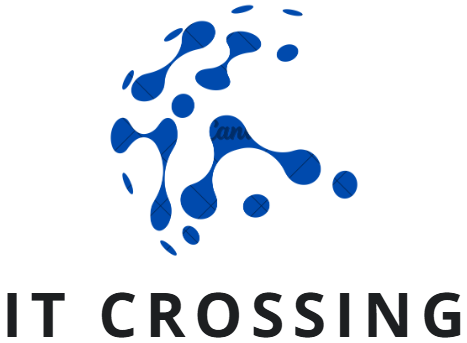Information Technology (IT) is an evolving field requiring talented candidates from many different fields. If you are interested in employment or a career in IT you can start your hunt for a job today. The number one factor in determining your success as an IT professional is your passion for the work you do. Today's IT field is building onto its foundation with higher education and integrating training for future jobs not yet available. You choose which direction you take in establishing a career, but our steps are the most common methods in getting a job in today's recession.
Research Career OptionsThere are many IT careers available for you right now. Companies use IT professionals to setup their computer networks, maintenance and repair, and security. You can find information pertaining to each career option by studying for an A+ IT Technician certification to show competency in the field. Many business owners are not trustworthy of individuals without their certifications because IT management is a vital aspect to their business.
You can search for many IT careers online and research different positions such as Network Administration, IT Technician, Security Management Specialists, and more. What is there for you to hide? The opportunities are out there, available, and need talented individuals. Career research should incorporate answers needed by aspiring IT professionals:
Am I interested in this field?
What is the perfect path for me?
Do I have the aptitude to evolve with this field?
What steps do I need to take to accomplish my goals in the IT field?
If you can answer each question with â??yes’, you are on your way to finding a certification path just for you.
Follow Certification Paths
IT certifications are a necessity in getting a job; employers want confidence in their IT professionals in order to secure their data. You can acquire your certification by enrolling in a formal education in community colleges, four-year universities, and technical schools whom offer Microsoft Certified Systems Engineer (MCSE). You will also need the basic certifications to get your foot in the door – A+ Essentials, A+ IT Technician, and MCSE. You can then expand your body of knowledge by acquiring a Security+, Network+, and Microsoft Certified IT Professional (MCITP) Certification (Now called the Microsoft 365 Administrator Expert Certification)
Each certification opens another door in establishing your career. Businesses owners will find positions available in their firms if you have a wide body of knowledge to assist in solidifying their IT department. Any interested in hiring you will also search for your work experience as an indicator of your skills. Before you can apply for a position, you have to gain experience by working a few months or completing a few projects for local businesses in your city.
Gain Experience
Getting experience in IT work is relatively easy because every business needs a computer to operate effectively. Before you can get a job, you may have to complete some assignments free. Pro bono work speaks volumes if the employer is pleased with your work ethics. Consider contacting local businesses offering your services in return for references.
Some may not answer your request, but many will be interested in what you have to offer. While working with the company, document changes you have implemented in their business. Your reference can vouch for your skills and talent when prospective employers check your background. During the internship, try to focus on learning or tweaking your learning curve by working on different aspects of IT such as networking, repair, and security.
Work Your Professional Network
After acquiring your certifications, contact members in your professional network for prospective contacts. This is an easy way to land a job in a short time because your network can help you find unpublished career opportunities within their organizations. Use your network wisely by forwarding your resume, cover letter, and proof of credentials from your schools.
Another way to showcase your skills is by creating an e-portfolio that includes your resume, published articles, and projects related to the IT field. Many employers complete their background checks by cross-referencing your information available online. Show a sense of creativity by implementing a self-marketing plan to find many positions available on and offline. After a few contacts work in your favor, you will be on your way to enjoying an IT career in your chosen field.
